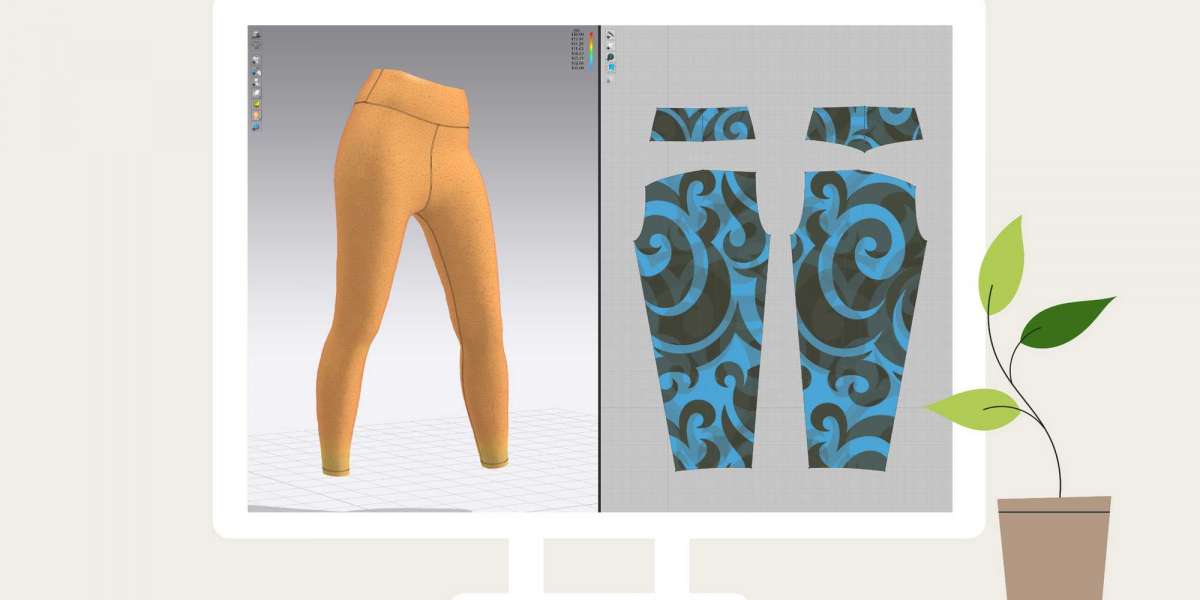The e-commerce landscape is constantly evolving, and to stay competitive, businesses must embrace innovative technologies. Among these, 3D technology stands out for its transformative potential. From 3D product configurators and 3D rendering to 3D furniture design and AR e-commerce, businesses can now offer immersive, interactive, and highly personalized shopping experiences. Additionally, high-quality e-commerce product photography remains crucial in this digital age. Let's explore how these technologies are reshaping the future of online shopping.
Table of Contents
- Introduction
- 3D Product Configurators: Personalization at Its Best
- The Power of 3D Rendering in E-commerce
- Transforming Interiors with 3D Furniture Design
- Enhancing Visual Appeal with E-commerce Product Photography
- Augmented Reality: The Future of E-commerce
- Conclusion
1. Introduction
E-commerce has seen tremendous growth over the past decade. With increasing competition, businesses are constantly looking for ways to differentiate themselves and enhance the customer experience. 3D technology has emerged as a powerful tool in this quest, providing dynamic and interactive ways to present products. Let's delve into how each aspect of 3D technology is revolutionizing e-commerce.
2. 3D Product Configurators: Personalization at Its Best
3D product configurators allow customers to customize products to their liking before making a purchase. This technology enables shoppers to see a 3D model of a product and make adjustments in real-time, such as changing colors, materials, or features.
Benefits of 3D Product Configurators
- Enhanced Customer Engagement: Interactive tools keep customers engaged longer.
- Increased Conversion Rates: Personalization can lead to higher satisfaction and purchase likelihood.
- Reduced Returns: By visualizing the product beforehand, customers are less likely to be disappointed with their purchase.
For example, a customer shopping for a new sofa can use a 3D configurator to choose the fabric, color, and style that best fits their home décor. This level of personalization was previously impossible with traditional online shopping methods.
3. The Power of 3D Rendering in E-commerce
3D rendering is the process of creating photorealistic images from 3D models. This technology plays a crucial role in e-commerce by providing high-quality visuals that can rival traditional photography.
Advantages of 3D Rendering
- Cost-Effective: Reduces the need for physical prototypes and photoshoots.
- Consistency: Ensures uniformity in product images across various platforms.
- Flexibility: Easily update product images with new colors or features without reshooting.
In the furniture industry, for instance, 3D rendering allows for the creation of detailed and realistic images of furniture pieces. These images help customers get a clear idea of what the product will look like in real life, thereby aiding their purchase decision.
4. Transforming Interiors with 3D Furniture Design
3D furniture design is revolutionizing how customers shop for home and office furnishings. By providing a 3D model of furniture, businesses can offer a more immersive shopping experience.
Impact of 3D Furniture Design
- Realistic Visualization: Customers can see how a piece of furniture will look in their space.
- Customization: Allows for modifications to size, color, and material.
- Enhanced Design Process: Designers can experiment with different concepts before finalizing a product.
Through 3D furniture design, customers can visualize an entire room layout and ensure that each piece of furniture fits perfectly with their existing décor. This capability is particularly useful for interior designers and architects.
5. Enhancing Visual Appeal with E-commerce Product Photography
High-quality e-commerce product photography remains a cornerstone of successful online retail. However, integrating 3D elements can take product photography to the next level.
Role of Product Photography in E-commerce
- First Impressions: High-quality images attract and retain customer attention.
- Detail Presentation: Showcases product features and quality.
- Brand Image: Consistent and professional images enhance brand credibility.
By combining traditional photography with 3D elements, businesses can create captivating visuals that offer a comprehensive view of their products. For example, a fashion retailer might use 3D images to show how a garment fits and moves on a virtual model.
6. Augmented Reality: The Future of E-commerce
AR e-commerce is set to redefine the online shopping experience by blending digital and physical worlds. AR allows customers to visualize products in their environment using their smartphones or other devices.
Benefits of AR in E-commerce
- Interactive Shopping Experience: Customers can interact with products in a real-world context.
- Increased Confidence: Visualizing products in their space helps customers make informed decisions.
- Reduced Returns: Better visualization leads to higher customer satisfaction.
AR technology is particularly impactful in industries like home decor and fashion. For instance, customers can use AR to see how a new piece of furniture will look in their living room or how a piece of clothing will fit their body.
7. Conclusion
The integration of 3D technology in e-commerce is no longer a futuristic concept but a present reality that is transforming the shopping experience.




